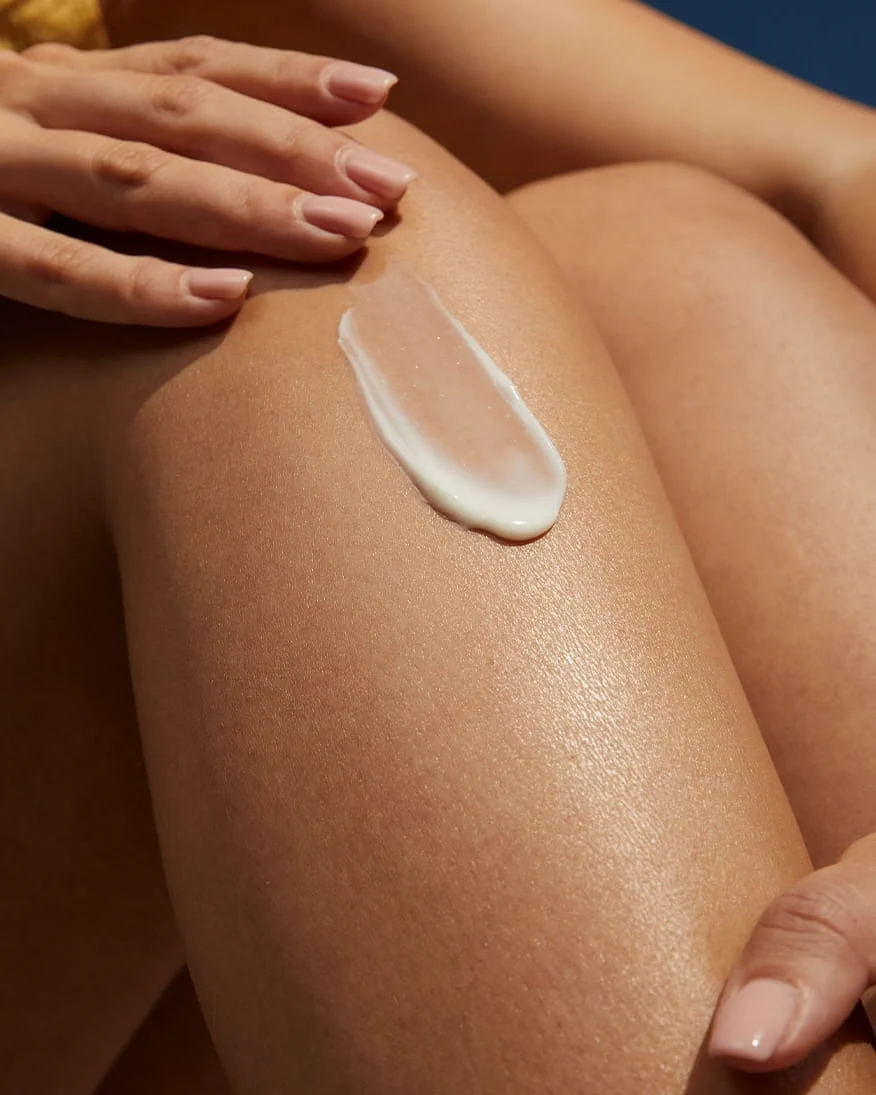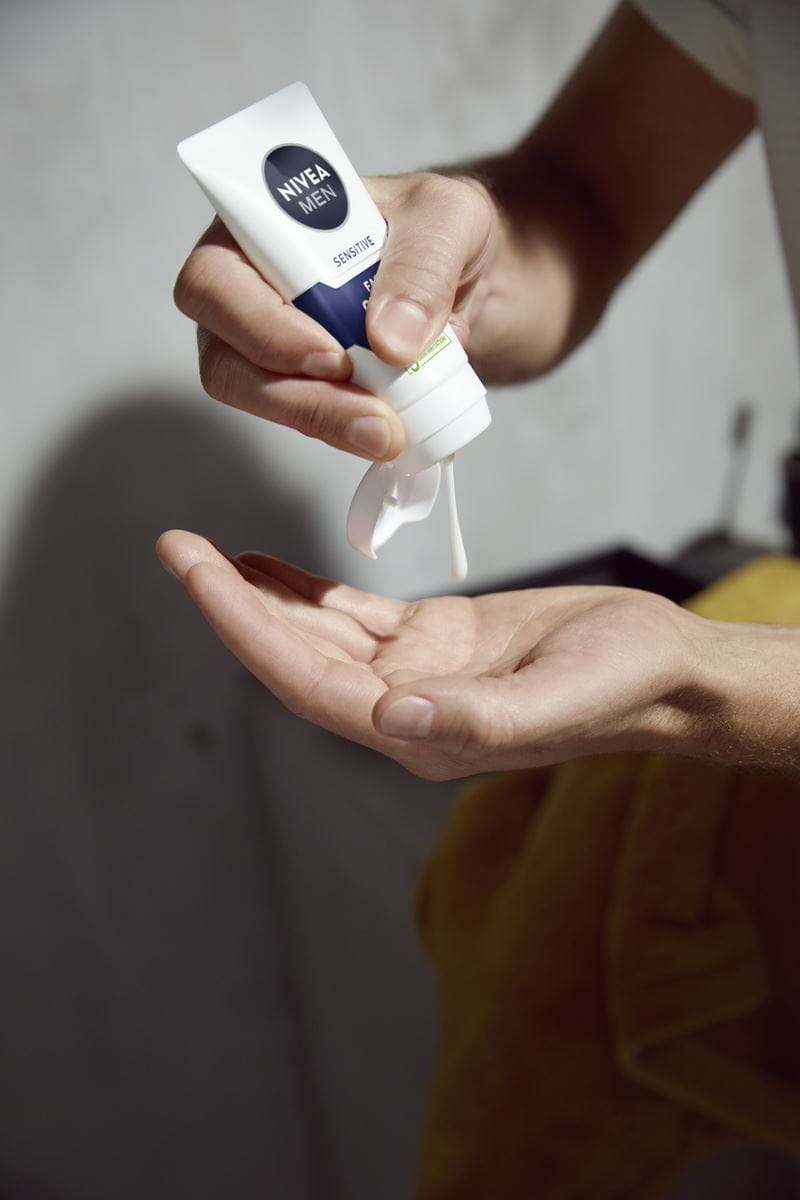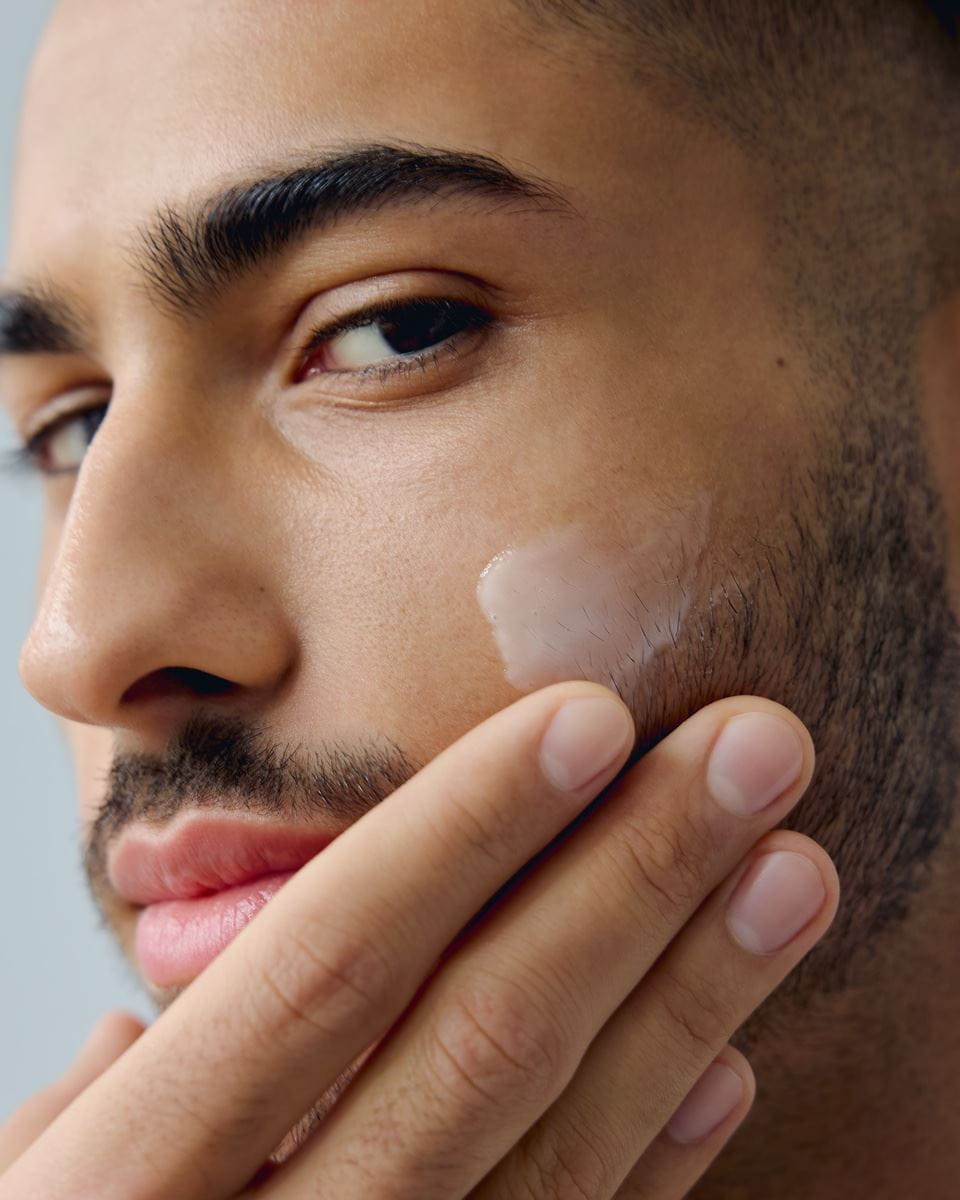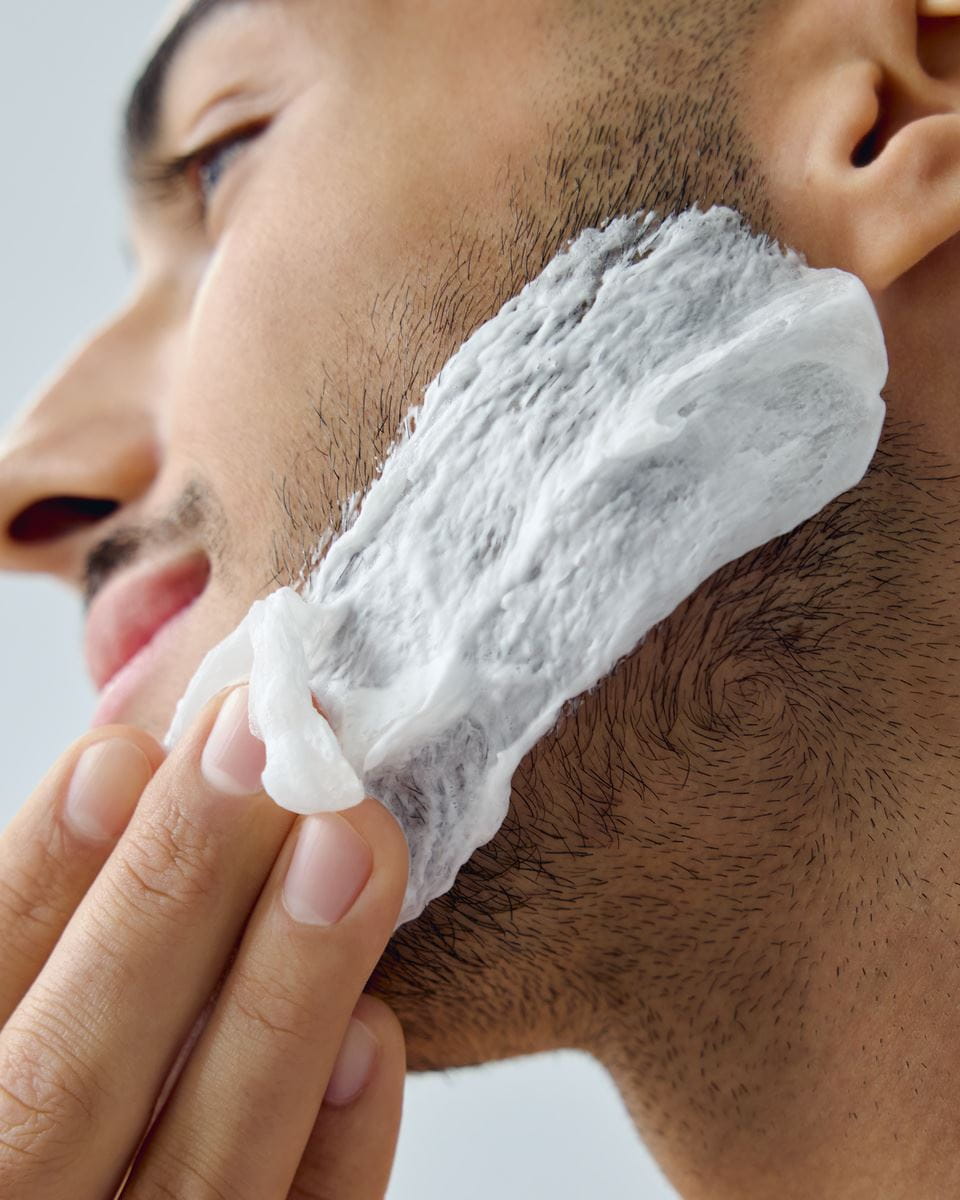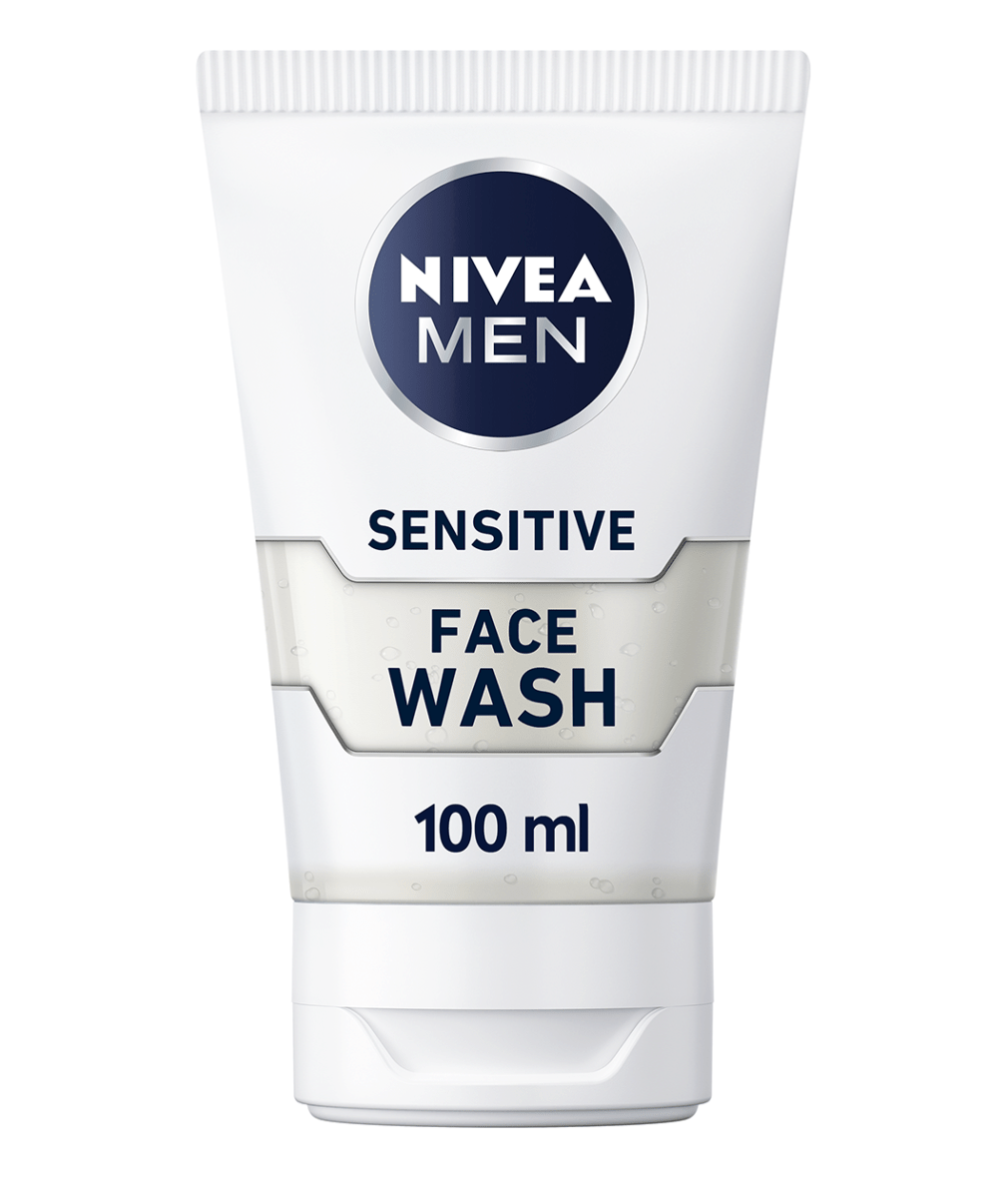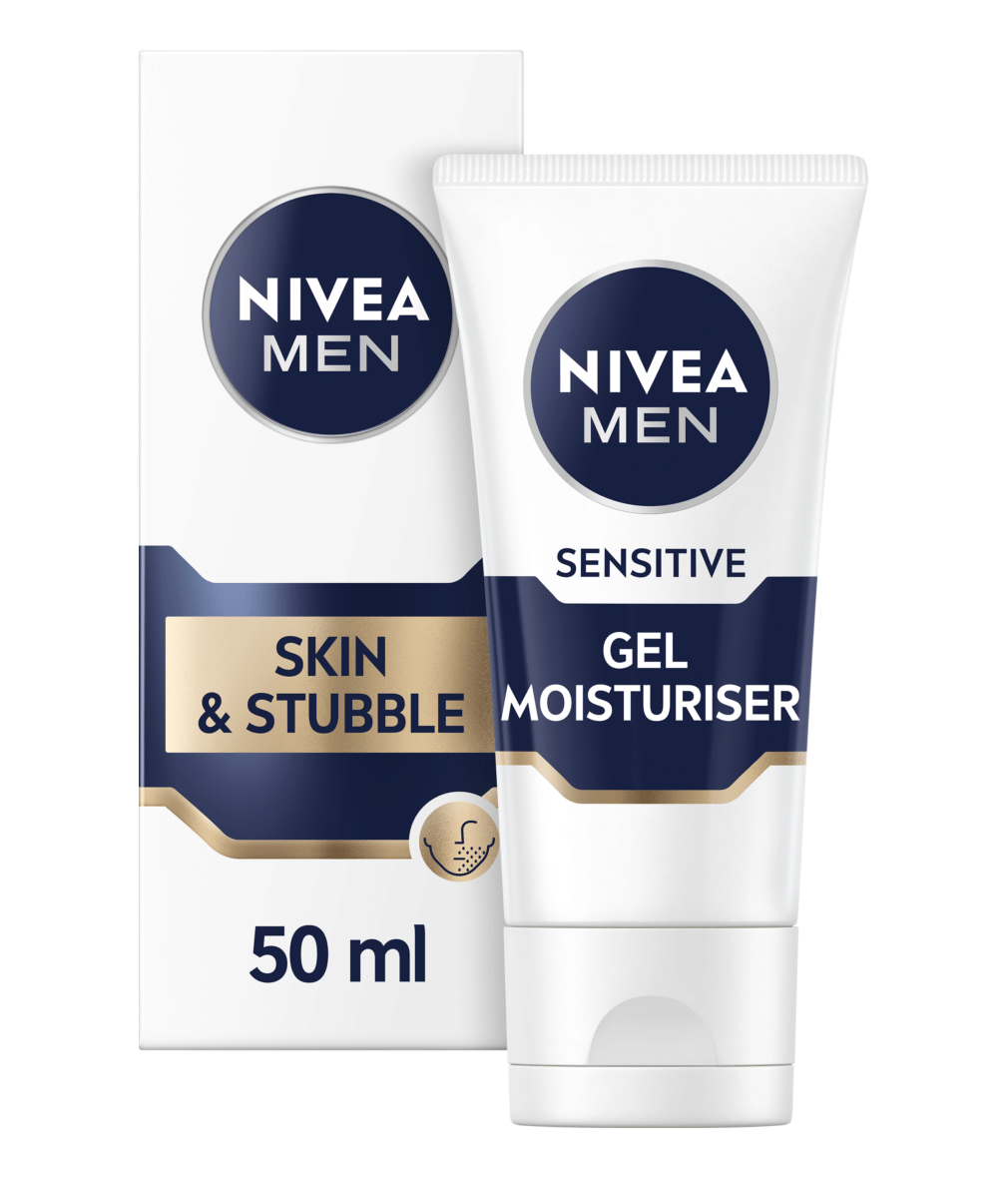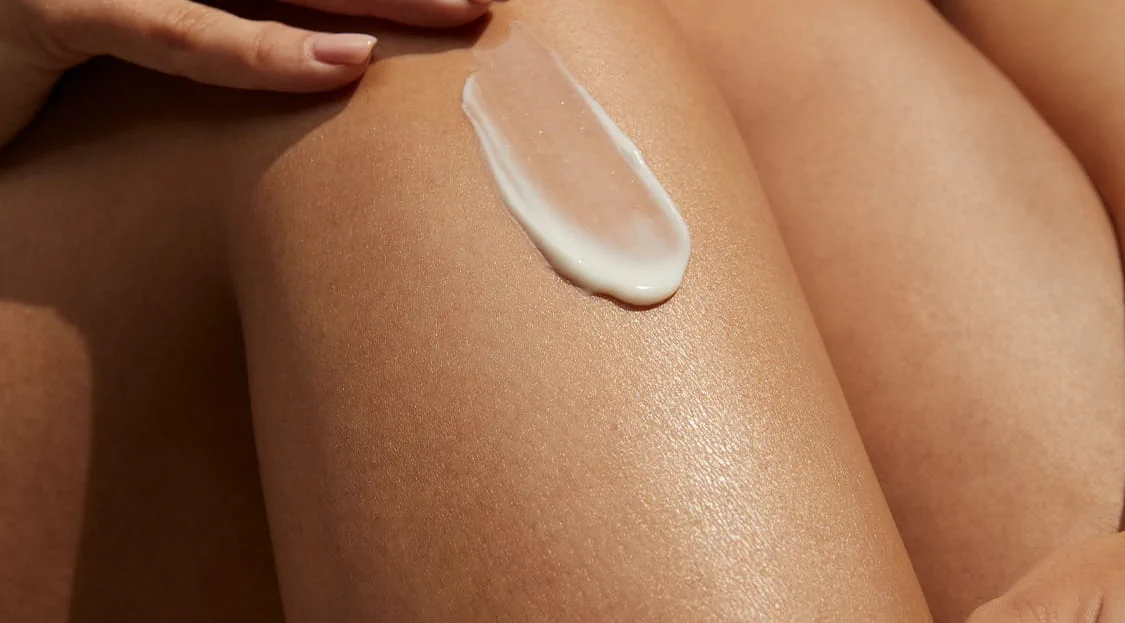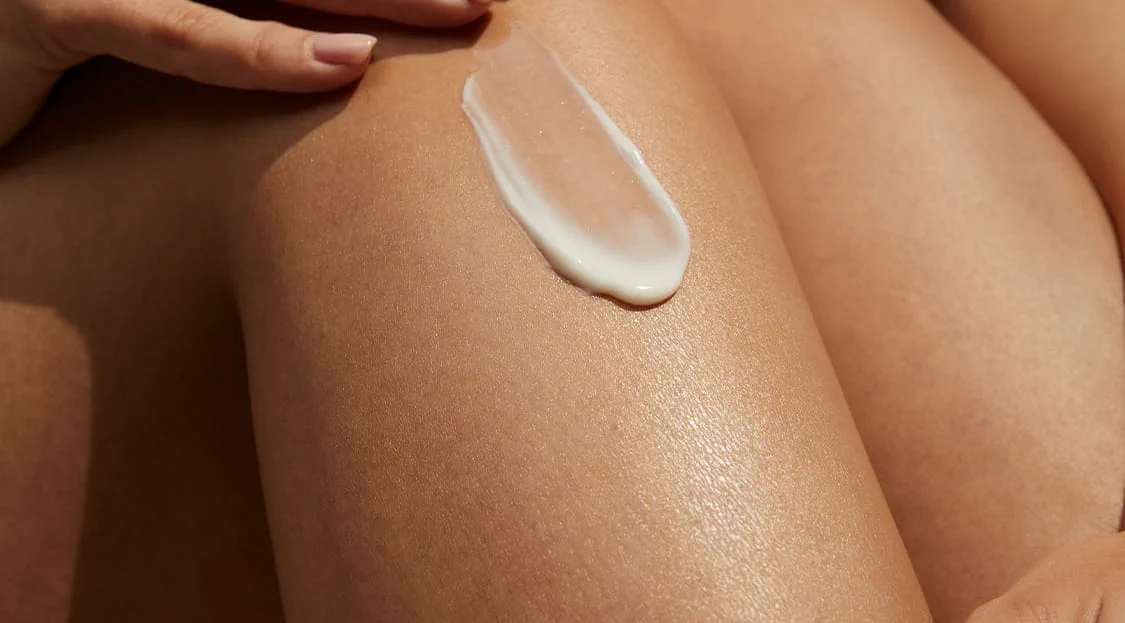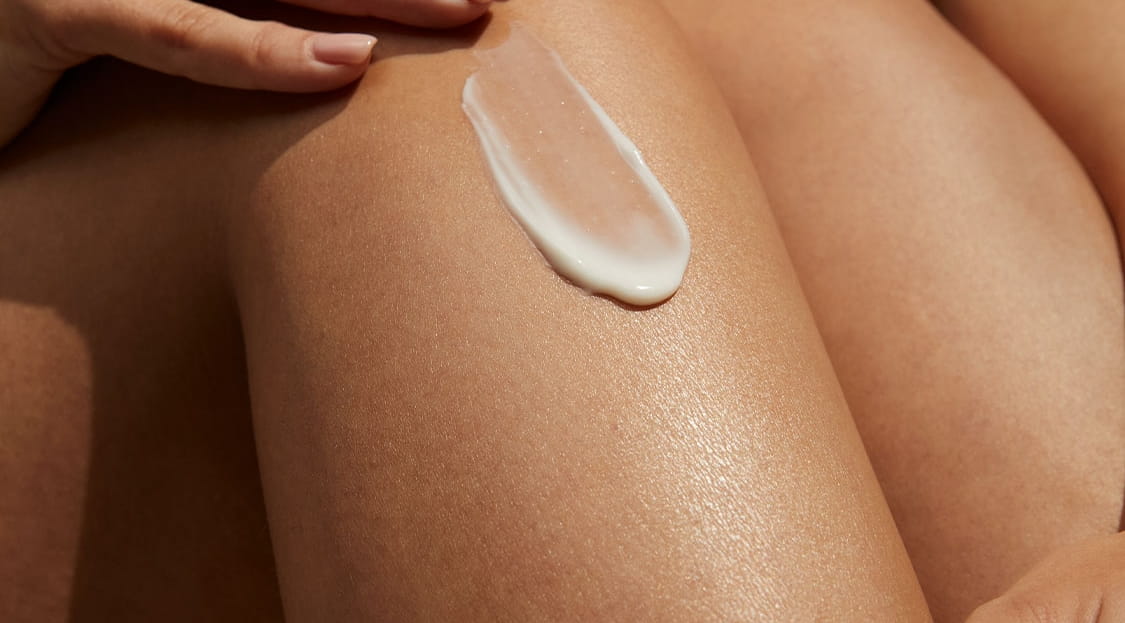
How to Get Rid of Razor Bumps: Causes, Care & Prevention
Experiencing razor bumps? Here is everything you need to know about them. Including their most common causes and a shaving routine you can adopt to reduce their appearance.
Facts Overview
Razor Bumps
NIVEA MEN Sensitive Shaving Gel
The NIVEA MEN Sensitive Shaving Gel is specially formulated for sensitive skin, providing a smooth and comfortable shave without irritation. Its soothing formula, enriched with Chamomile and Vitamin E, helps reduce redness and soothe the skin, ensuring a gentle experience. The rich lather hydrates your skin while creating a protective barrier allowing for a close and effortless shave. Ideal for daily use, this gel leaves your skin feeling refreshed and revitalised, making it the ideal choice for sensitive skin care
